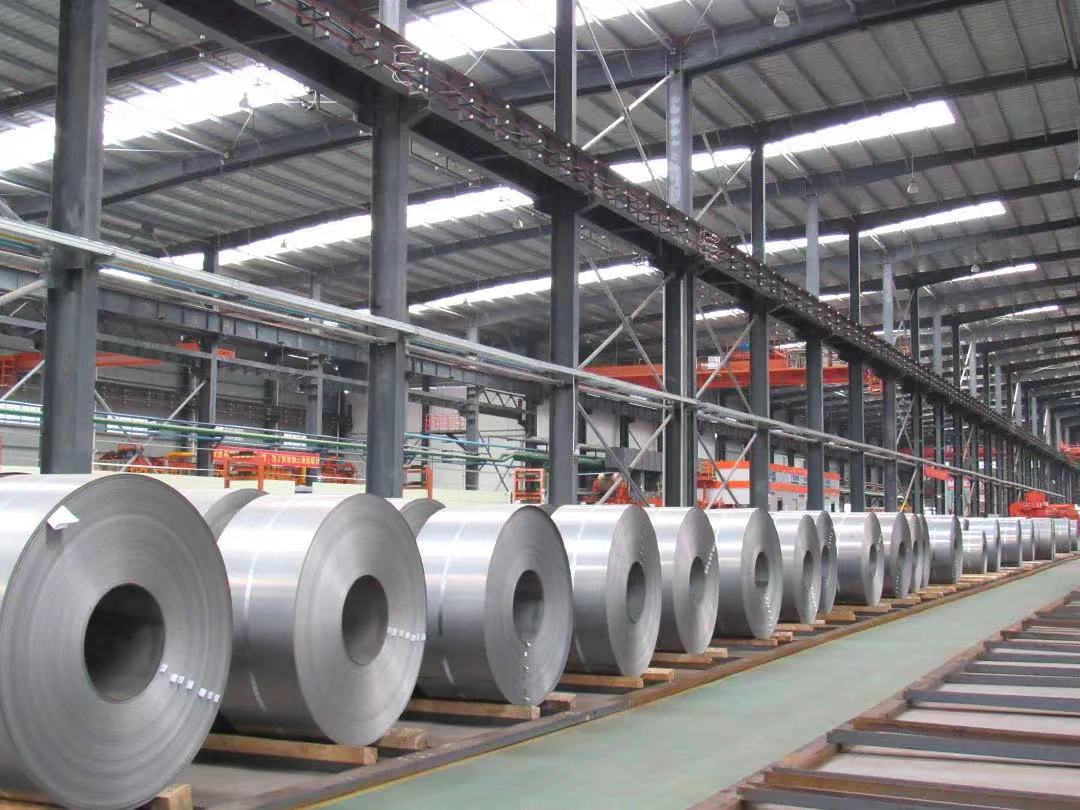
- Steel and Cement Board Combination
Structure: Secondary beams (spaced ~600mm apart) + cement fiberboard (or OSB board) + ~40mm lightweight concrete (optional) + decorative finish.
Advantages: Lightweight, cost-effective, and quick to construct. Suitable for residential, office, and light industrial projects. However, it may not be ideal for heavy loads or high vibrations. - Steel and Concrete Combination
Structure: Steel decking + ~100mm reinforced concrete slab + decorative finish.
Advantages: High safety, excellent load capacity, minimal vibration, and superior soundproofing. Suitable for diverse spans, including heavy-duty industrial floors, residential, and office spaces. - Steel and Lightweight Board Combination
Structure: ~100mm ALC (autoclaved lightweight concrete) board + ~30mm leveling mortar + decorative finish.
Advantages: Lightweight, durable, fast to install, and energy-efficient. Ideal for residential and office use but not recommended for heavy or vibrating loads. - Steel and Steel Plate Combination
Structure: Secondary beams (<600mm spacing) + patterned steel plate (or grating) + ~40mm lightweight concrete (optional) + decorative finish (optional).
Advantages: Excellent load capacity and rapid installation. Commonly used in industrial plants and equipment rooms but offers limited soundproofing and insulation.
Design and Construction Principles
- Functionality and Safety: Choose materials and designs that prioritize structural safety and minimize impact on the original structure.
- Weight Considerations: Lighter mezzanines reduce the load on the original building.
- Ease of Construction: Minimize disruption to surrounding areas with efficient, fast installation methods.
Why Choose Steel Over Concrete?
Steel mezzanines dominate over pure concrete alternatives due to several advantages:
- Lightweight Structure: Steel beams weigh 3–5 times less than concrete.
- Ease of Installation: Steel constructions are quicker, cleaner, and cause less disruption.
- Versatility: Steel mezzanines adapt well to various applications and span lengths.
Ultimately, selecting the best mezzanine design depends on the building’s purpose and load requirements. Professional evaluation and design are essential for achieving an economical and functional solution.





